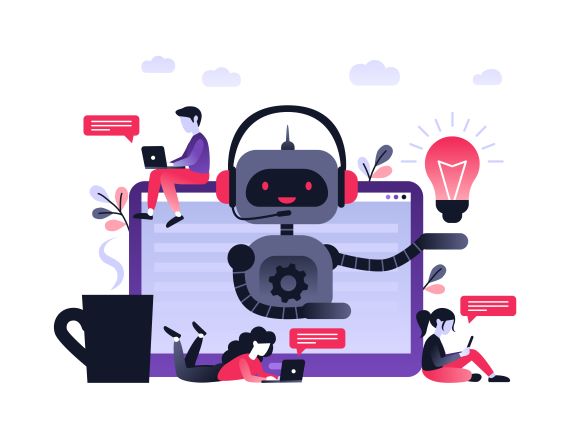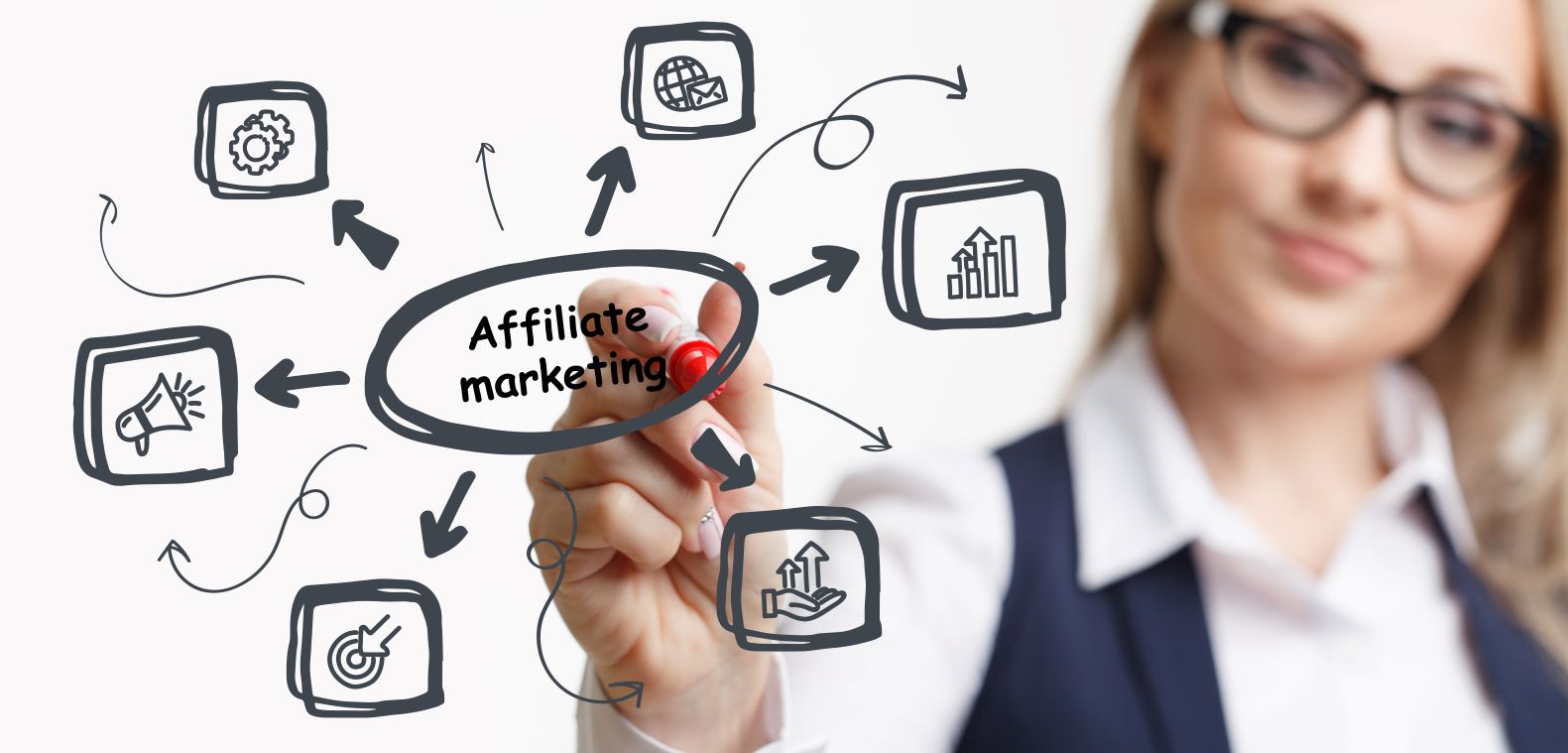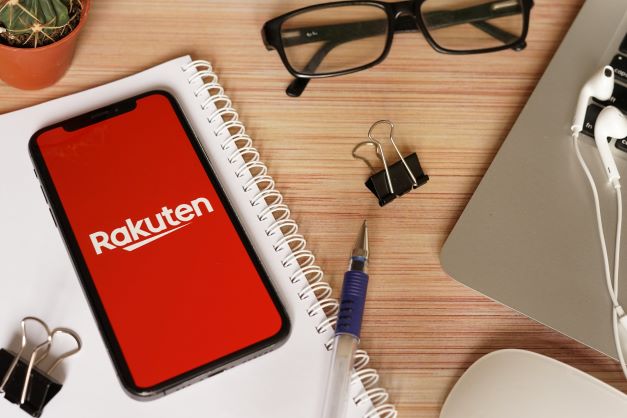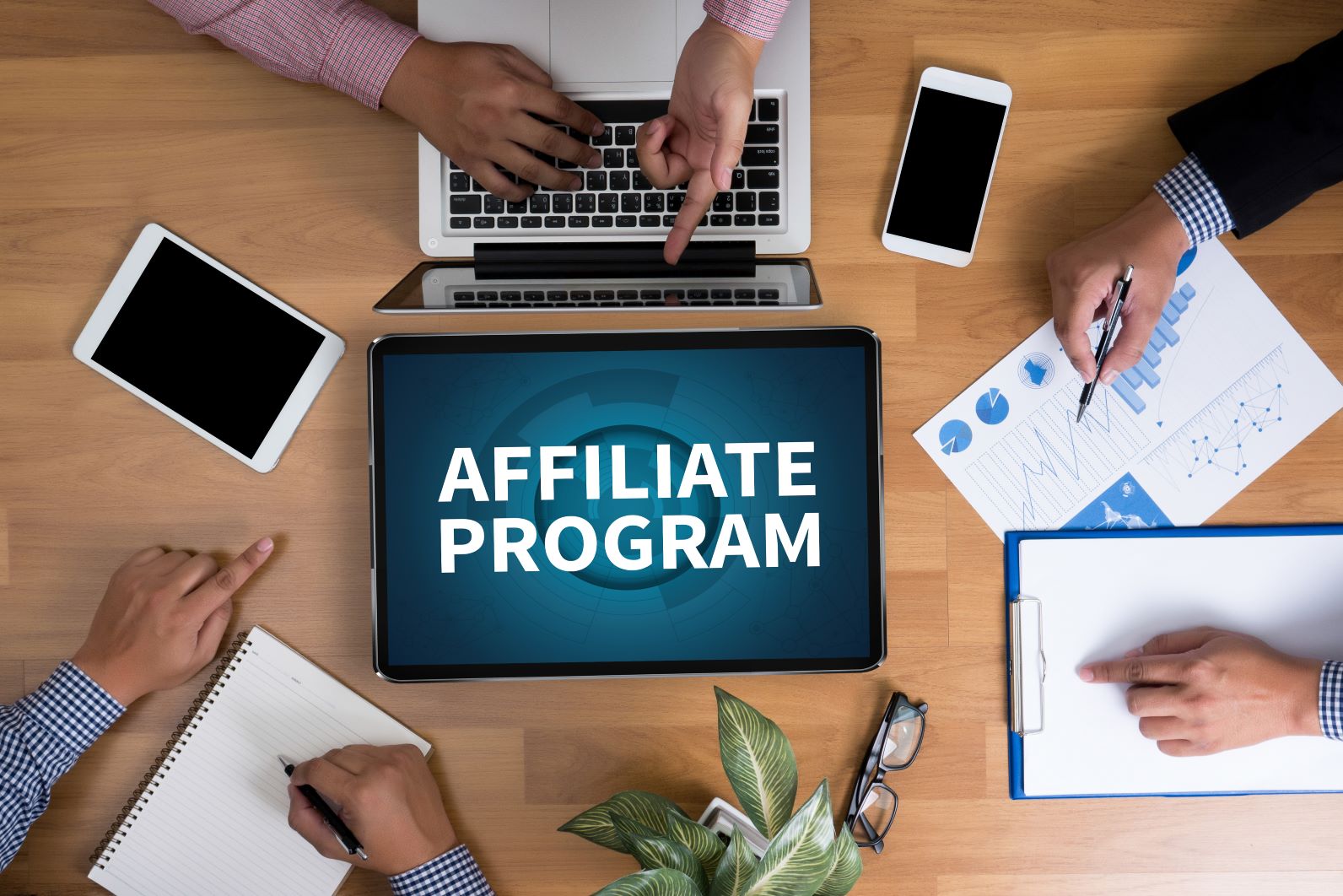Are you fascinated by the thought of Chatbots? How they work?
You might wonder how is it that a chatbot engages us humans and aid us as we make purchases online. What triggers a chatbot to work? And are there any benefits associated with the use of chatbots? This will be the subject under consideration in this article. What are chatbots by the way, to begin with? Let’s find out.
What Are Chatbots And Chatbot Triggers?
The idea of chatbots is intriguing. They make our experience as we shop online an easy and smooth one. And since they aid in a smooth customer experience, they therefore help ecommerce stores sell more, and keeps buyers coming back. Most people who shop online or who access the internet are gradually getting used to having chatbots as assistants or online support, suggesting that the use of chatbots in marketing is on the increase. But what are chatbots really?
Chatbots are however computer programs or applications designed to automatically engage with users or website visitors. A chatbot can presciently give a response to messages which contains precise words or phrases by offering a prewritten response options stipulated in advance for such a scenario. A chatbot could also make use of machine learning and natural language processing to examine incoming messages, and understand them so as to stir up a conversation. These keywords used by customers or subscribers while sending their messages are called triggers.
Chatbot triggers are of two types:
- Keywords Trigger — such a trigger launches a flow immediately after receiving a message with a keyword from a subscriber.
- After Subscription Trigger — such a trigger launches a flow in a set period after a customer subscribes to the chatbot.
In most cases, chatbots operates within a live chat window. However, advanced platforms like face book, allows you design automated chatbot flows, where a bot answers the questions of customers in accordance with a scenario specified in advance. Triggers launch the flows.
There are three default chatbot triggers services we would highlight, namely:
- Standard Reply Service – sends a message when no actions are recognized in a subscriber’s message.
- Welcome Message – sends a message immediately after a customer subscribes to a chatbot.
- Un-subscription – sends a message to subscribers after they submit the /stop or /unsubscribe command.
A Chatbot trigger recognizes separate words and combination of words as keywords. For example, “hello,” “what is the cost,” “hi.” One keyword is limited to 32 symbols. If a subscriber sends a keyword in a sentence or the sentence contains several keywords, the chatbot replies with an automatic request for clarification.
For instance, let us say a user has two triggers: one with the keyword “hi” and the second with the keyword “price.” A subscriber sends a message, “Hi, what is the price for your service?” to the user’s chatbot. The chatbot replies with the request for clarification where actions “hi” and “price” are in the form of quick replies. Subscribers click the action, they are interested in, and the corresponding flow starts. Keywords don’t depend on the case; for example the service recognizes “hello,” “Hello,” and “HELLO” in the same way. Users can create new triggers, bind to flows and unbind from flows, edit, and delete existing triggers.
Creating a New Trigger
Depending on the chatbot service you are using, to create a new trigger, first select the trigger type you are seeking to build. For a trigger of the “After subscription” for example, specify what time after a subscriber or customer’s subscription a flow bound to this trigger will launch. If you’re looking to create a “Keyword” trigger instead, specify keywords which on receiving, a message flow will be initiated and a period of callback. A callback decides how often a flow bound to the trigger is signaled.
For example, a user creates a trigger with the keyword “hello” and the callback is created to be “5 minutes”. If a subscriber sends a message containing “hello” to the user’s chatbot and then sends another one with the same keyword in two minutes, the flow bound to this trigger will immediately be launched. A callback can be set in days, hours, or minutes. Once created, you decide how to show the interactions to your customers, to make the conversation with them more dynamic. They can be in text, gifs, or images as you prefer.
A chatbot is often described as one of the most promising and advanced expressions of interaction between humans and machines. From a technological point of view, however, a chatbot only represents the natural evolution of a Question Answering system leveraging Natural Language Processing (NLP). Formulating responses to questions in natural language is one of the most typical examples of Natural Language Processing applied in various enterprises’ end-use applications. Chatbot applications streamline interactions between services and people thereby enhancing customer experience. They offer companies new opportunities to improve the customer’s engagement process and operational efficiency at the same time by reducing the typical cost of customer service. To be successful, a chatbot solution should be able to perform both of these tasks effectively. Human support plays a key role here: No matter the kind of approach and the platform, human intervention plays a crucial role in configuring, training and optimizing the chatbot system. How can you determine what chatbot application is ideal for you, or what approach can you take in creating just the right chatbot application?
Which Chatbot Application is Right for You?
There are different approaches and tools that you can use to develop a chatbot. Some chatbot technologies are more appropriate than others, depending on the use case you want to address. In order to achieve the desired results, the combination of different AI forms such as natural language processing; machine learning and semantic understanding may be the best option. Get an overview of the main chatbot applications so you can evaluate them based on your specific needs and desired goals.
Features of a Good Chatbot
By mid-2016, companies had launched over 11,000 Face book Messenger bots. Thousands of articles and billions in venture funding complemented their arrival on the customer service scene. Yet consumers didn’t take to them. Why? Most of these bots lacked very important characteristics. They misunderstood simple commands, and didn’t pass user requests along to human agents. These bots were at times more frustrating than the automated phone systems they were designed to replace. But bots are readily coming up once again and these ones are of a much higher caliber because they exhibit most of the features of a useful chatbot.
Some of the characteristics of a good Chatbot are:
- Able to fail usefully: Chatbots are now built to realize when a request exceeds their limits or abilities. They now refer complex issues to human agents and record the data so creators can pay attention to such features in the bots’ product development.
- CX-first: Chatbots can prompt users with a menu of options, sometimes based on previous interactions. If the chatbot is not able to handle a complex request, it instantly refers the issue to a human agent. It is good to note that a chatbot doesn’t repeat, “Sorry, I didn’t get that” over and over.
- Personalized: Chatbots can now show more empathy and adjust their language and tone based on context. They are also now designed to remember things like a customer’s name and reasons for seeking support. An example is a Chatbot acknowledging that a flight cancellation is inconvenient, rather than treating it with nonchalance.
- Able to learn: Having to repeat yourself to a bot over and over can be just so frustrating. If you tell a chatbot once that you live in Los Angeles, it now remembers this and other relevant information for future interactions using what’s known as progressive profiling.
- Secure: In the wake of recent data breaches, bots are more secure than ever. Many chatbots are now entirely transparent about the data they collect and what they use it for. Users often now have the option to opt out of data collection, if wanted.
- KCS-friendly: KCS is short for knowledge-centered service. KCS is a pattern or set of guidelines for building and preserving organizational knowledge. It is great for creating artificially intelligent machines, as it gives chatbot creators a sure way to follow to make sure chatbots are helpful, ethical, and improve over time.
- Accessible: Chatbot interfaces now must be equally accessible to all customers, not minding language proficiency or any visual or hearing impairment. For instance, Chatbots should be able to read text aloud for the visually impaired.
- Explainable: Yesterday’s chatbots were built on machine learning or neural network algorithms which, while they could reach the right conclusions, couldn’t explain their reasoning. This prevented teams from reviewing or scrutinizing their poor service. (Let’s not forget Microsoft’s Tay, which was given far too much information too fast without the proper understanding of how to filter it.) Today’s support chatbots are more visual, more transparent and use explainable forms of AI that allow teams to improve the service.
- Analytical: A great chatbot will be able to suggest and recommend products and services for a user based on current or previous interactions. This helps push more customer issues into up sells automatically, without involving any human agent.
- Free to explore: Chatbots today can crawl around the internet and company intranets looking for replies to customer questions and queries. The answers chatbots provides, improves as the customer’s knowledge base improves, and they can learn which articles were useful and which ones weren’t.
- Omni-channel: Today’s chatbots are able to give out information across different support channels. If a customer gives a chatbot their order number, email address, or any other personal information and the time comes for the bot to transfer the customer to a website, that information is loaded into their order form.
With the knowledge of a chatbot and what makes for its right triggers, Is the use of a chatbot on a website or service provider important, you might wonder? What benefits does a chatbot give to companies or service providers who integrate them in their systems?
The Benefits of Chatbots for Ecommerce
As stated earlier, a good chatbot with just the right triggers makes for the perfect addition to a website to better a users’ experience. How does it do this?
- Firstly, with chatbots you can gauge your customer service with a lesser amount of employees. The size and intricacy of customer inquiries are constantly on the increase, as more and more buyers turn to making purchases from online vendors. Chatbots assists in processing basic customer inquiries without the participation of employees thereby leaving them to deal with other complex issues.
- Chatbots also helps in improving and increasing conversion rates with customers by giving assistance to customers when it is needed and providing answers to regular pre-sales questions they may have like inquiries on shipping details and others.
- Chatbots can also help in overcoming and reducing the number of abandoned shopping carts. This they do by sending messages and reminders to customers who have left their shopping carts idle.
- Chatbots also operate 24/7 and so, they process customer inquiries even during offline hours, assisting customers from different time zones even when you are out of the office.
- When combined together face book messenger, chatbots offers a superb open rate. Although data here is a little separated, a good number of marketers admit to receiving about 80 to 90% open rate on messenger compared to about 20% received on email. In fact, Messenger offers a reach far more superior than any other channel. Advanced chatbot platforms offer Messenger integration to aid you avail of the opportunity.
- Lastly, by using chatbots, you are more likely to improve your customer satisfaction. Moreover, with the help of chatbots, you process customer inquiries at a much faster speed. Customers would not have to wait to receive a feedback, but instead, they can progress with their purchase easily while receiving guidance from your chatbot along the way.
Chatbots are indeed fascinating machines, and with just the right triggers for your chatbot, a smooth and easy experience for your customers or website visitors is achievable.











3 comments